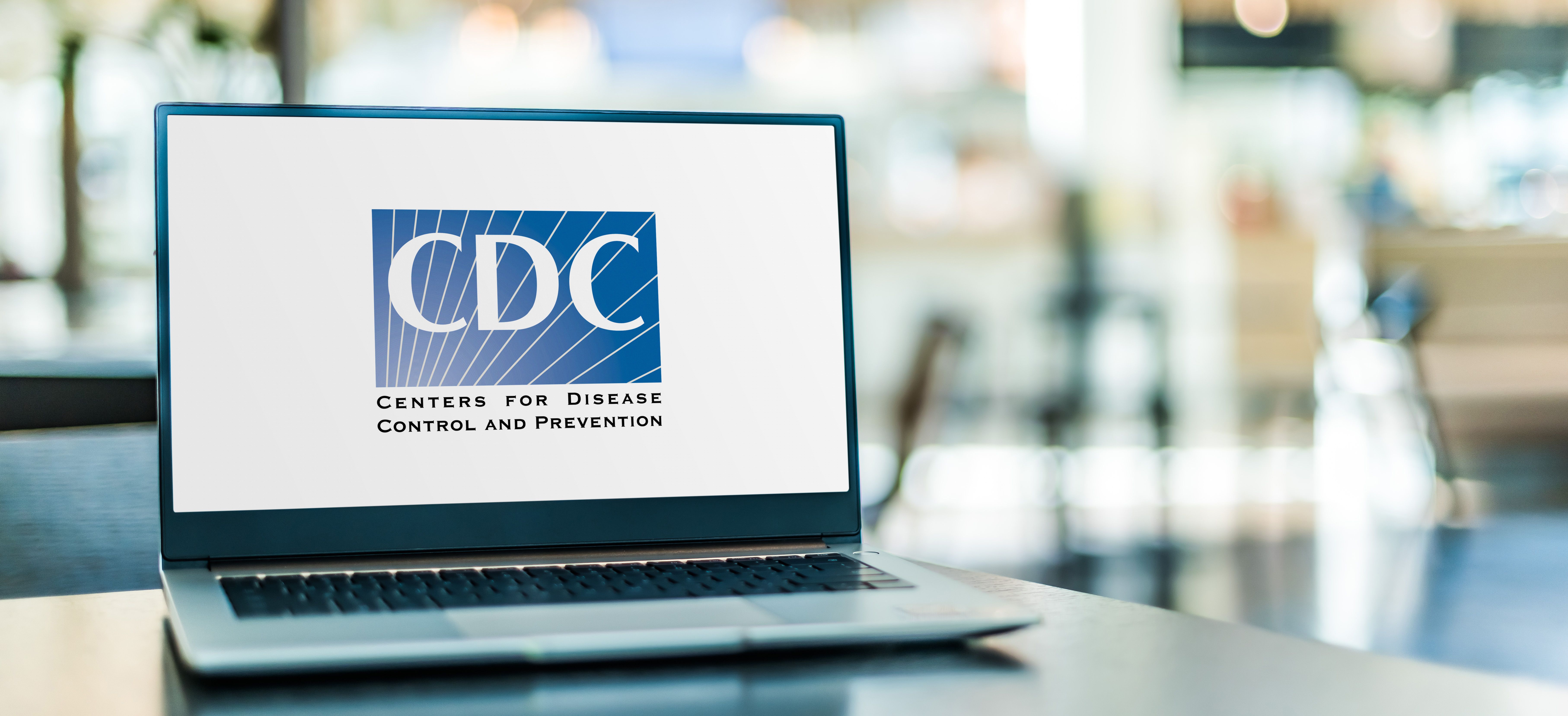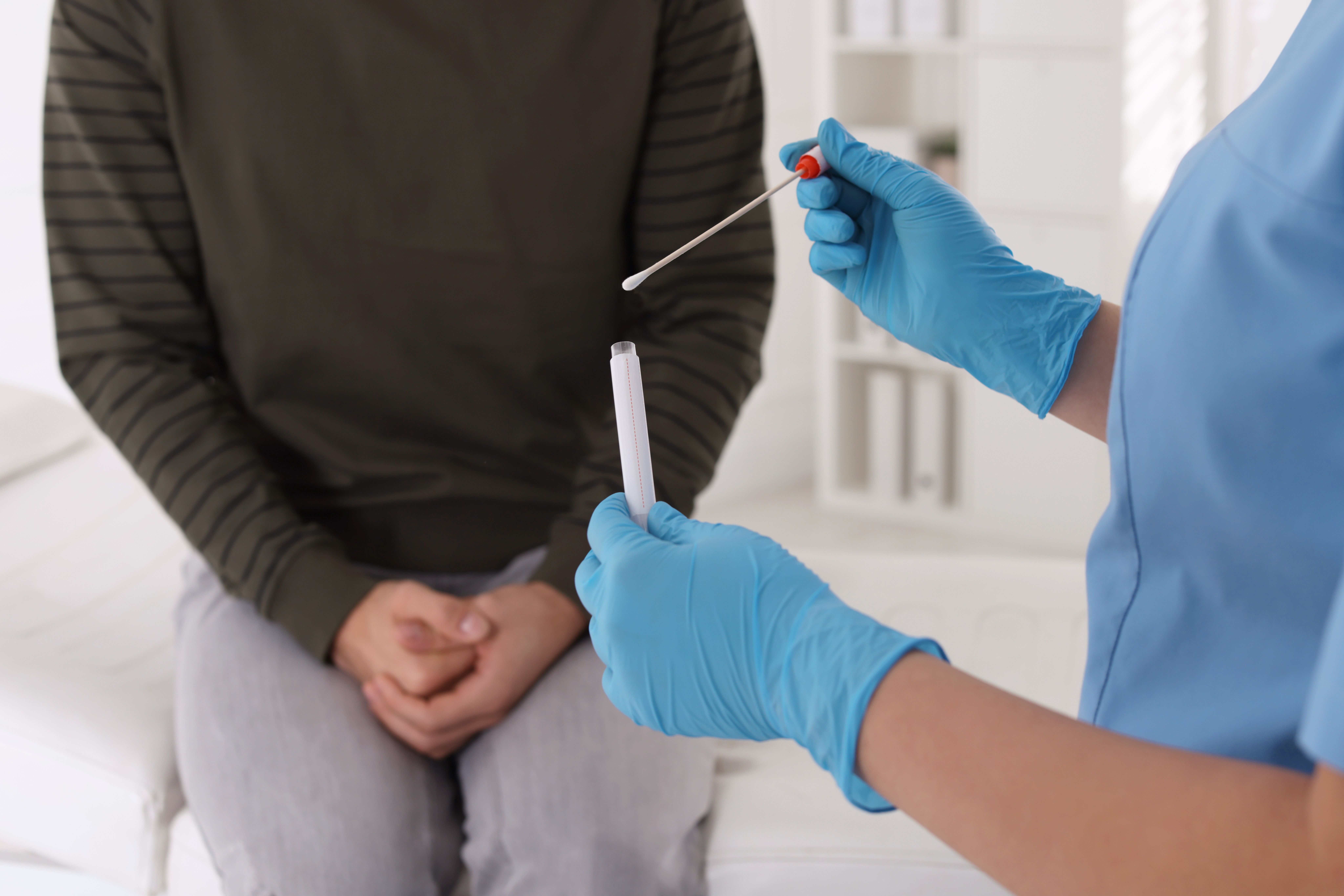
Sexually Transmitted Infections
Latest News
Latest Videos
CME Content
More News
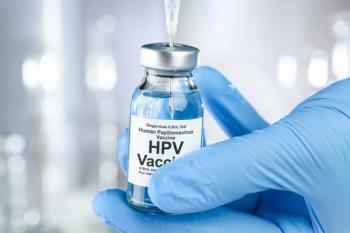
Explore the latest findings revealing vaccination rates among children aged 9 to 17 years, uncovering demographic disparities and highlighting the crucial role of vaccination in combating human papillomavirus infections and related health risks.

Review some of the top stories from the Contemporary OB/GYN website over the last week, and catch up on anything you may have missed.
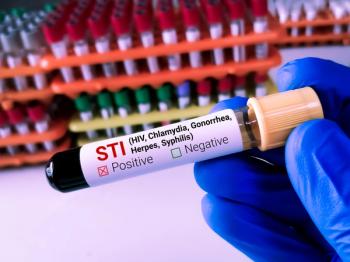
Dive into the rising prevalence of sexually transmitted infections among adolescents and young adults, exploring educational gaps, vaccination rates, and the imperative need for open conversations between patients and health care providers to combat stigma and enhance preventive care.
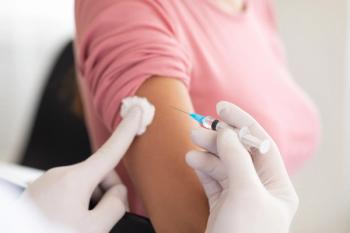
Discover the findings from a recent study highlighting the need to enhance vaccination rates among pregnant individuals living with HIV, shedding light on key factors influencing vaccine receipt.

Review some of the top stories from the Contemporary OB/GYN website over the last week, and catch up on anything you may have missed.

Jenell Stewart, DO, MPH, discusses her team's qualitative research into the STI prevention tendencies and interests of at-risk women.

Review some of the top stories from the Contemporary OB/GYN website over the last week, and catch up on anything you may have missed.

Gilead Sciences has announced FDA approval of an updated Biktarvy label, showcasing safety and efficacy data from a phase 1b trial, positioning it as a pivotal treatment option for pregnant individuals with HIV-1 and suppressed viral load.

Review some of the top stories from the Contemporary OB/GYN website over the last week, and catch up on anything you may have missed.

In a recent interview, Cheruba Prabakar, MD, FACOG, shed light on the rising prevalence of sexually transmitted infections in the United States and the need for improved awareness and testing, particularly for overlooked conditions such as trichomoniasis.

Review some of the top stories from the Contemporary OB/GYN website over the last week, and catch up on anything you may have missed.
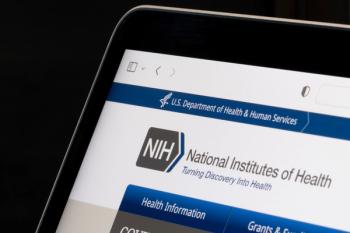
Research presented at the 2024 Conference on Retroviruses and Opportunistic Infections reveals that long-acting injectable antiretroviral therapy provides improved HIV suppression with minimal adverse effects, offering a promising alternative for adolescents and individuals struggling with daily oral regimens.

Research presented at the 2024 Conference on Retroviruses and Opportunistic Infections reveals that 4 children, treated with antiretroviral therapy within 48 hours of birth, have achieved over a year of HIV remission.

A recent study assessed the effectiveness of GeneXpert point-of-care testing in detecting chlamydia, gonorrhoea, and trichomonas, revealing promising results but highlighting concerns over sensitivity rates, particularly for trichomonas.

Recent findings affirm the safety of monthly dapivirine vaginal rings and daily oral PrEP with tenofovir disoproxil fumarate and emtricitabine in preventing HIV transmission among pregnant cisgender women.

A recent study revealed the effectiveness of the AI tool MySTIRisk in pinpointing high-risk subgroups for HIV and other sexually transmitted infections, shedding light on improved risk assessment and testing accessibility.

Discover how the REPRIEVE trial sheds light on the increased cardiovascular risk among HIV patients, urging updated risk assessment tools for diverse populations.

Review some of the top stories from the Contemporary OB/GYN website over the last week, and catch up on anything you may have missed.
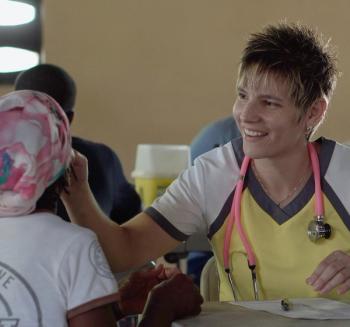
A recent systematic review highlighted a half-dozen methods to improve antenatal STI screening in low- and middle-income countries in need of better options.

Recent study reveals the need for customizable electronic partner notification platforms for gonorrhea and chlamydia, highlighting the need for tailored solutions to improve sexually transmitted infection partner services.

A randomized trial among young Kenya women showed the post-exposure prophylactic was insignificantly more effective in preventing chlamydia, gonorrhea and syphilis—largely due to inadherence.
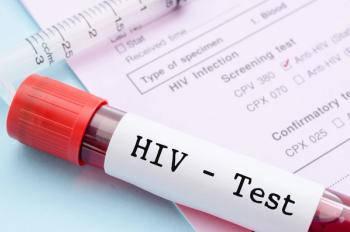
Recent research suggests AI computer vision technology could bolster the accuracy of HIV self-testing, potentially advancing HIV service accessibility and acceptance to meet Sustainable Development Goals.

Review some of the top stories from the Contemporary OB/GYN website over the last week, and catch up on anything you may have missed.

The Centers for Disease Control and Prevention's latest report unveils a 222% rise in maternal syphilis cases per 100,000 live births from 2016 to 2022, with increases observed across racial, age, and perinatal care groups nationwide.

Recent findings revealed the efficacy and safety of the 2-step Graded Oral Challenge method in assessing penicillin allergy risk, offering a promising approach for improved patient care and antibiotic stewardship in low-risk individuals.


